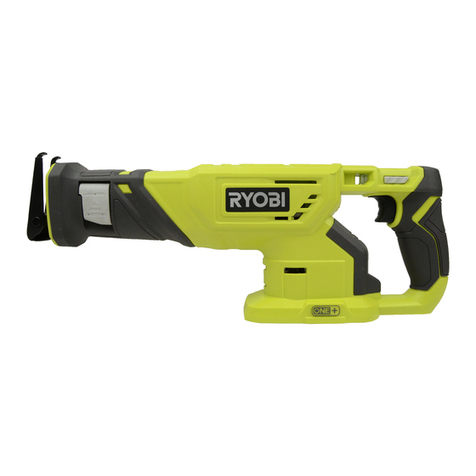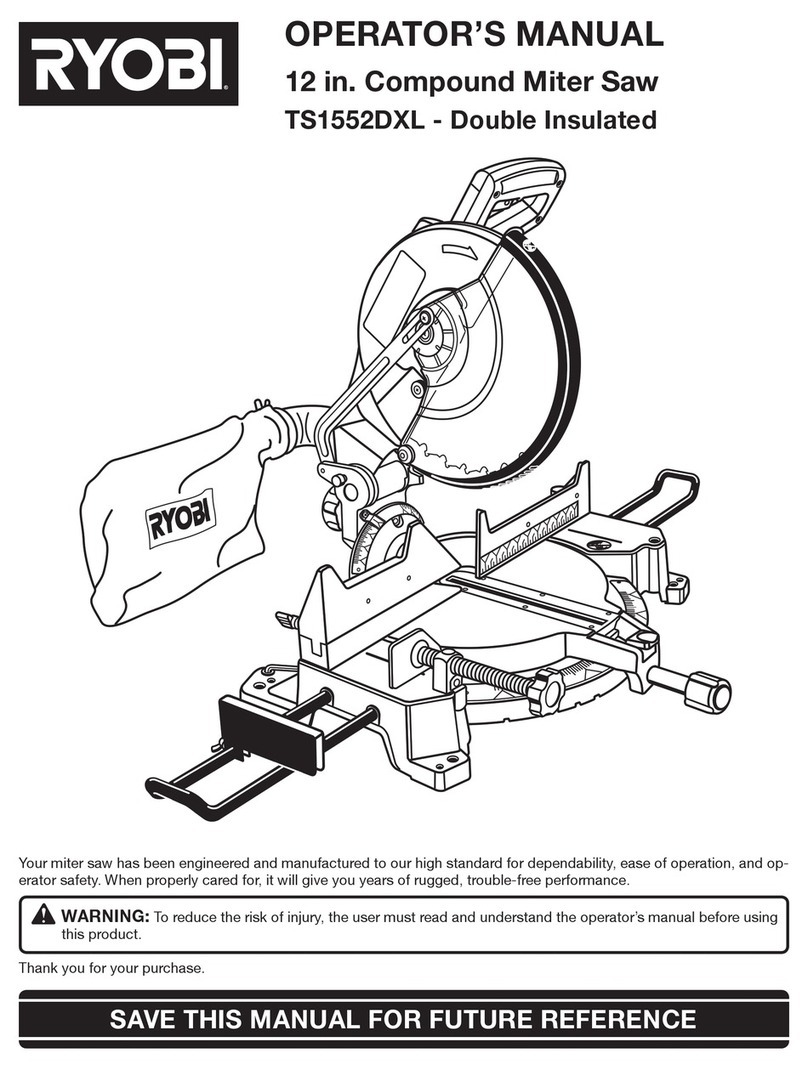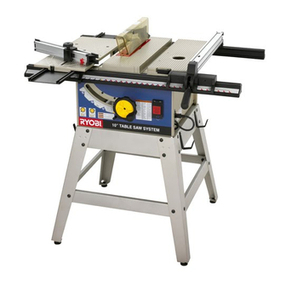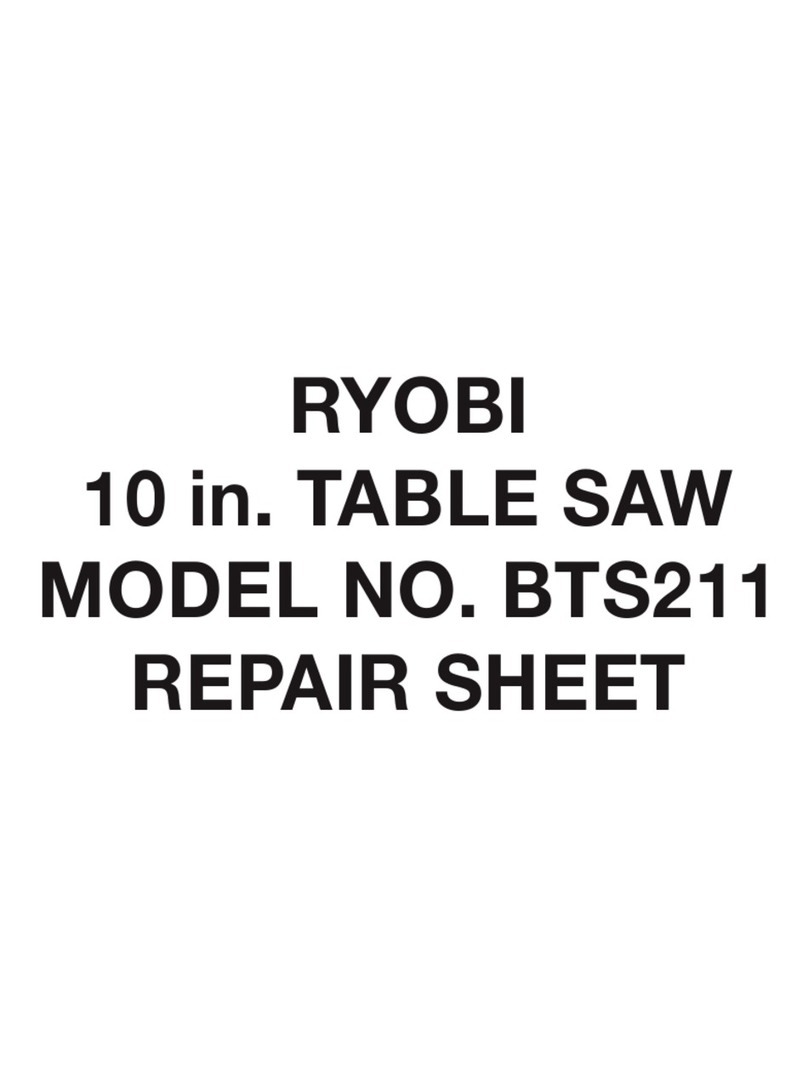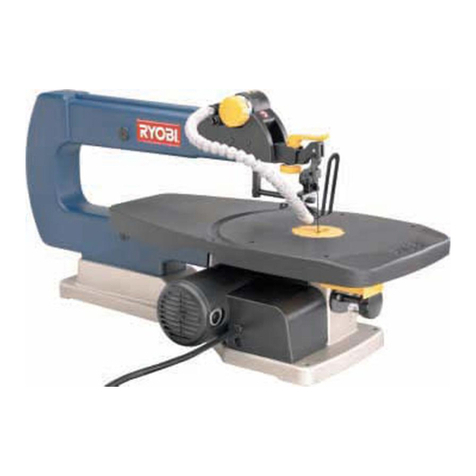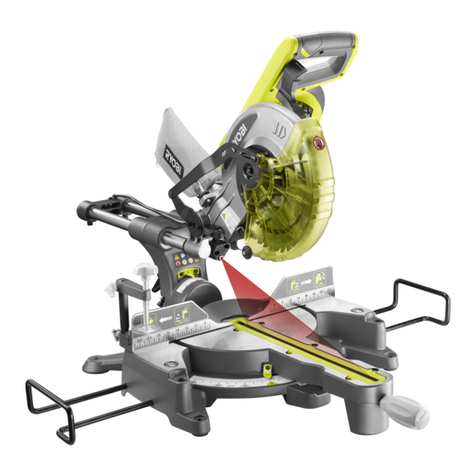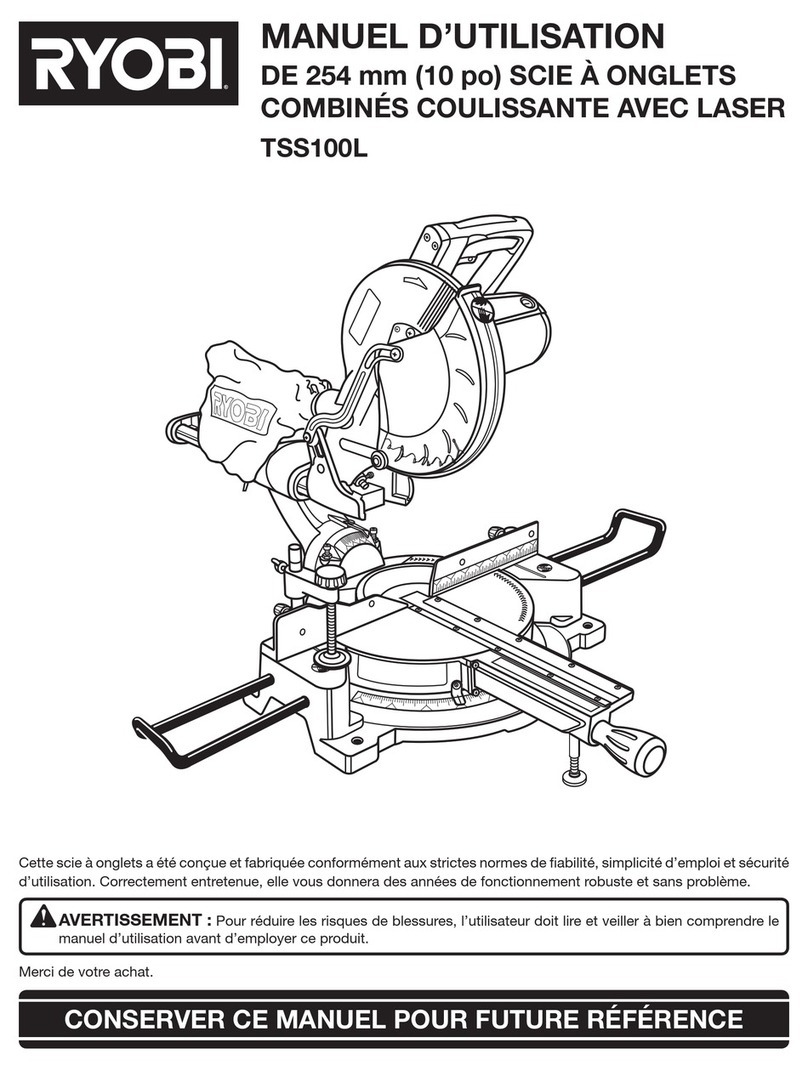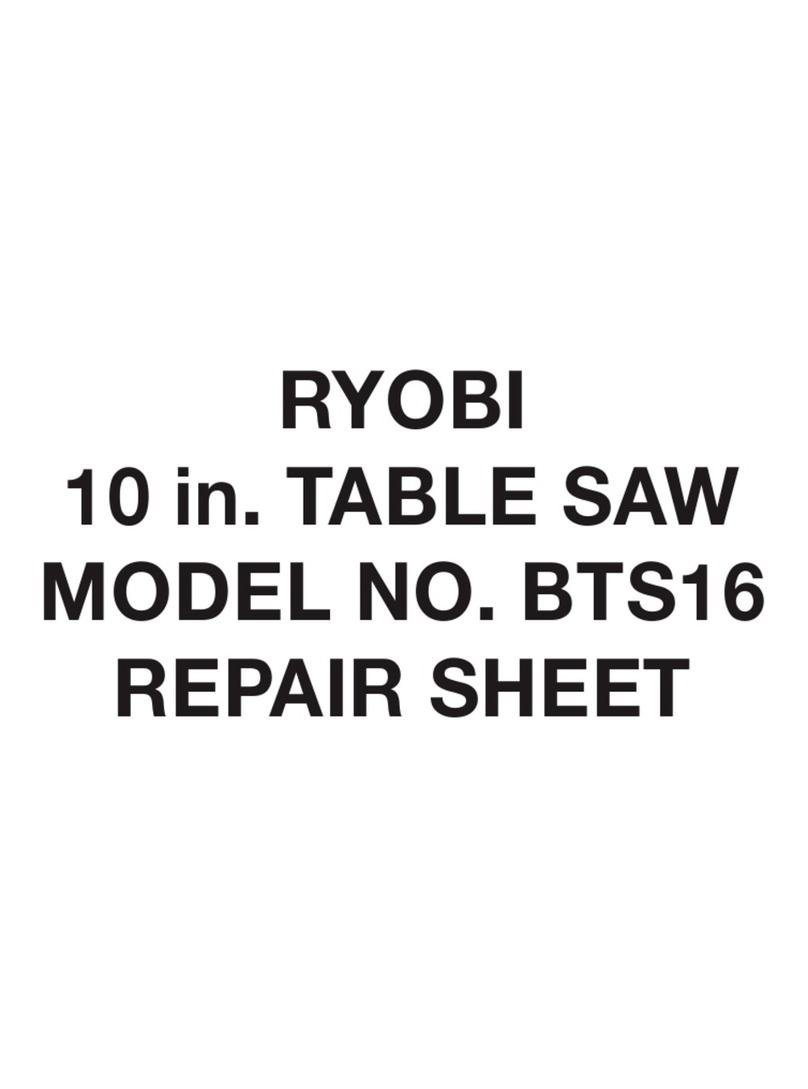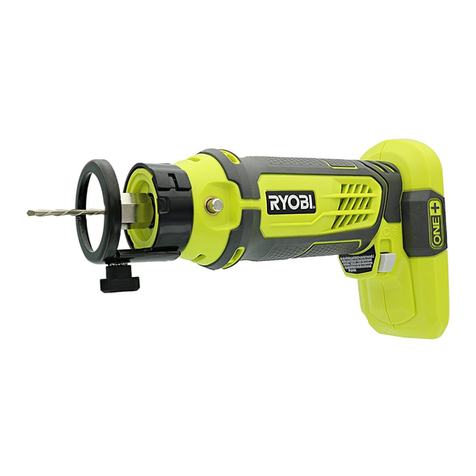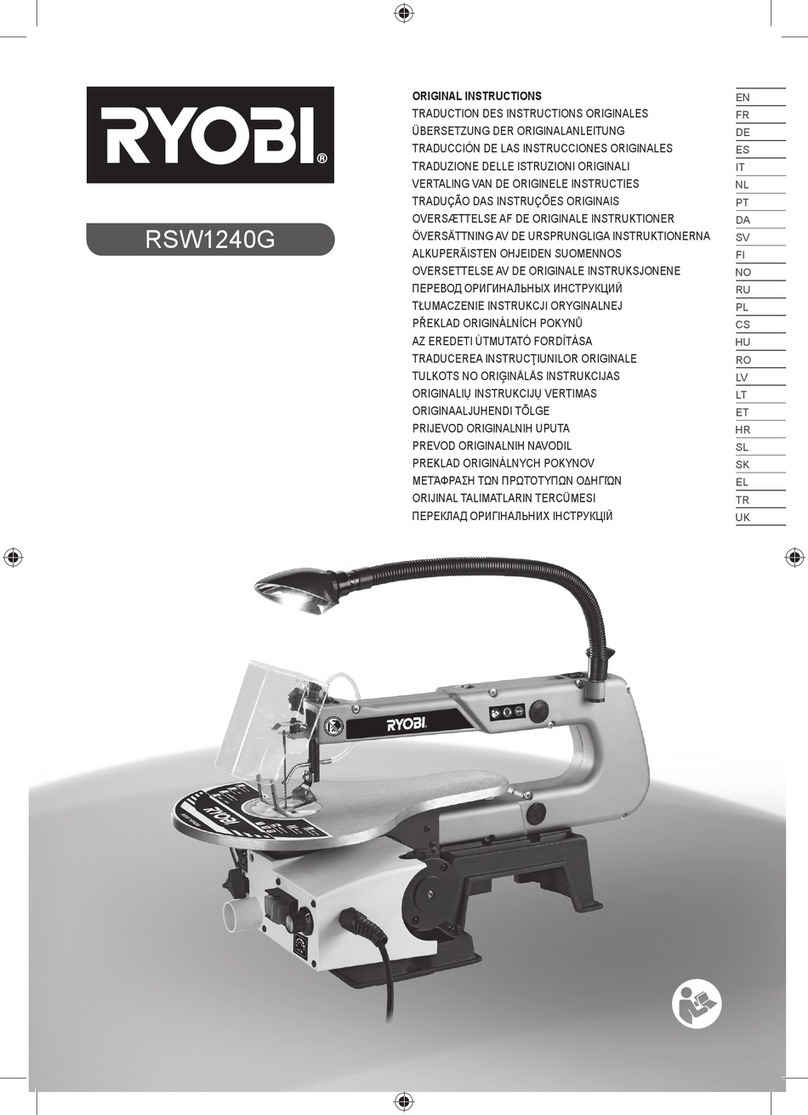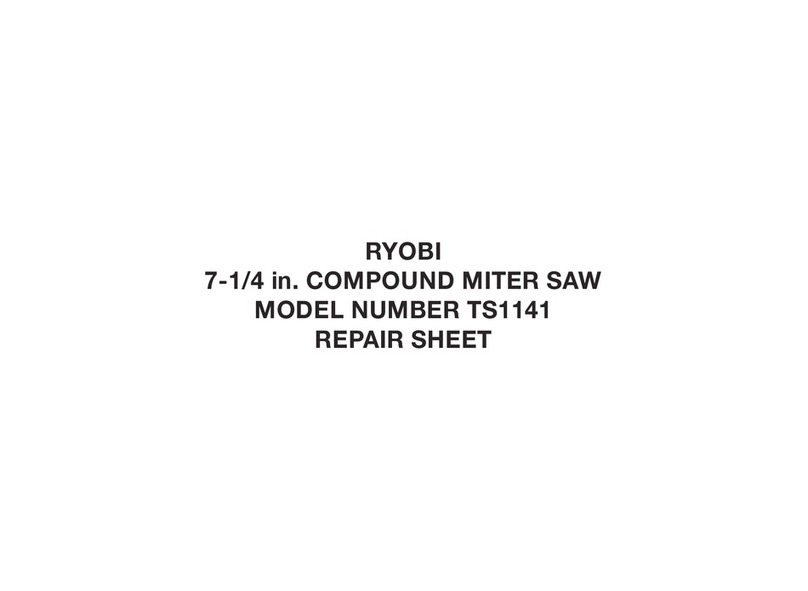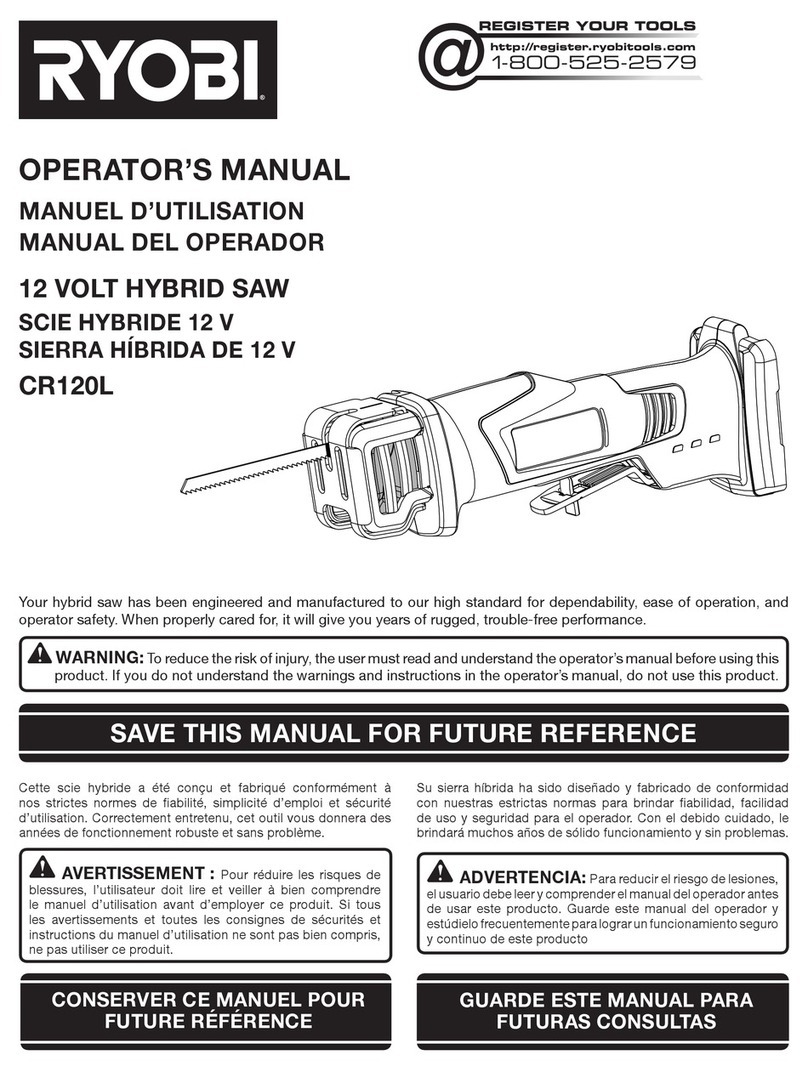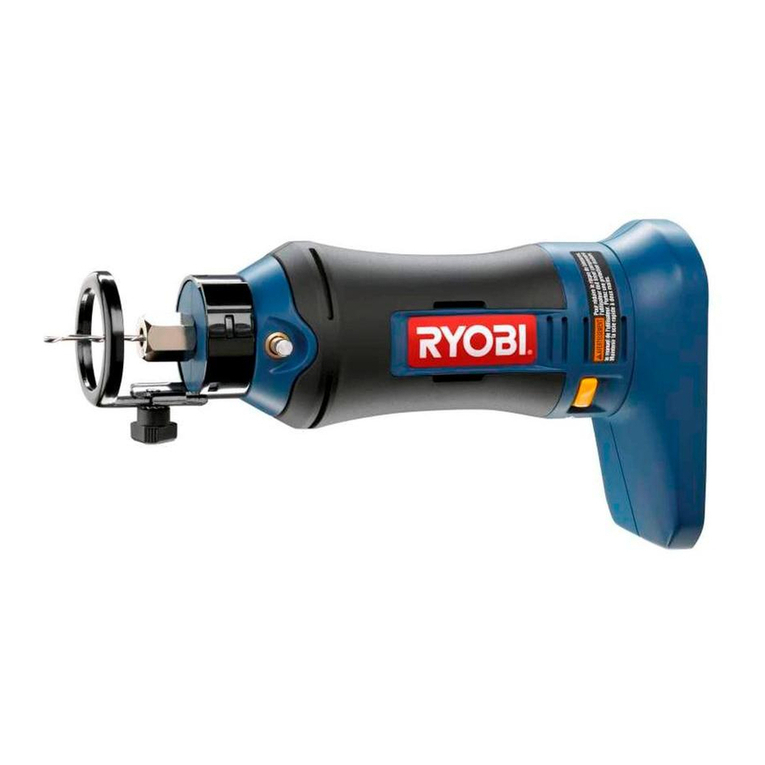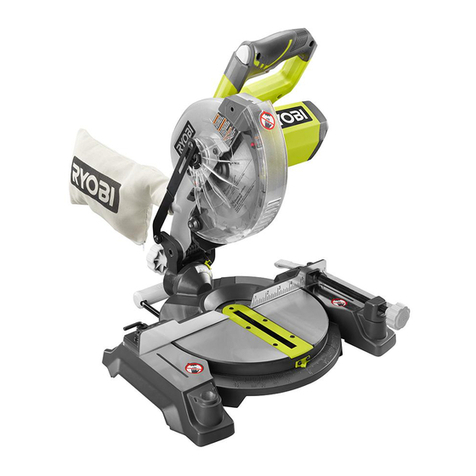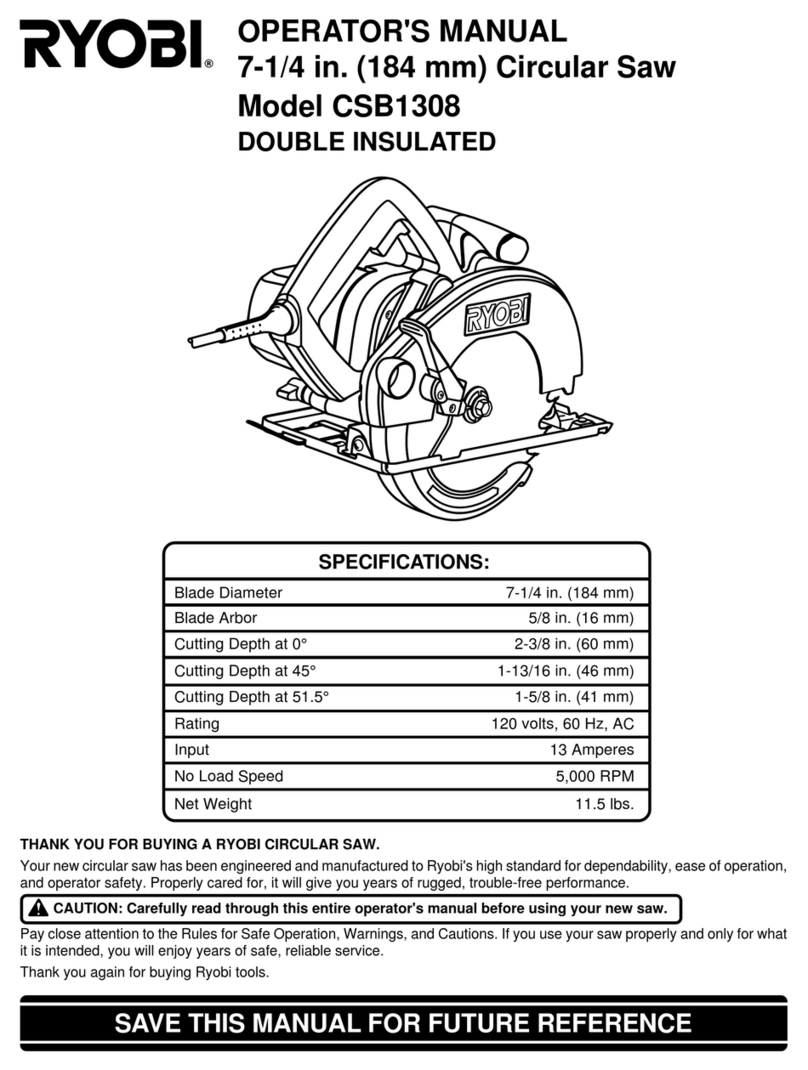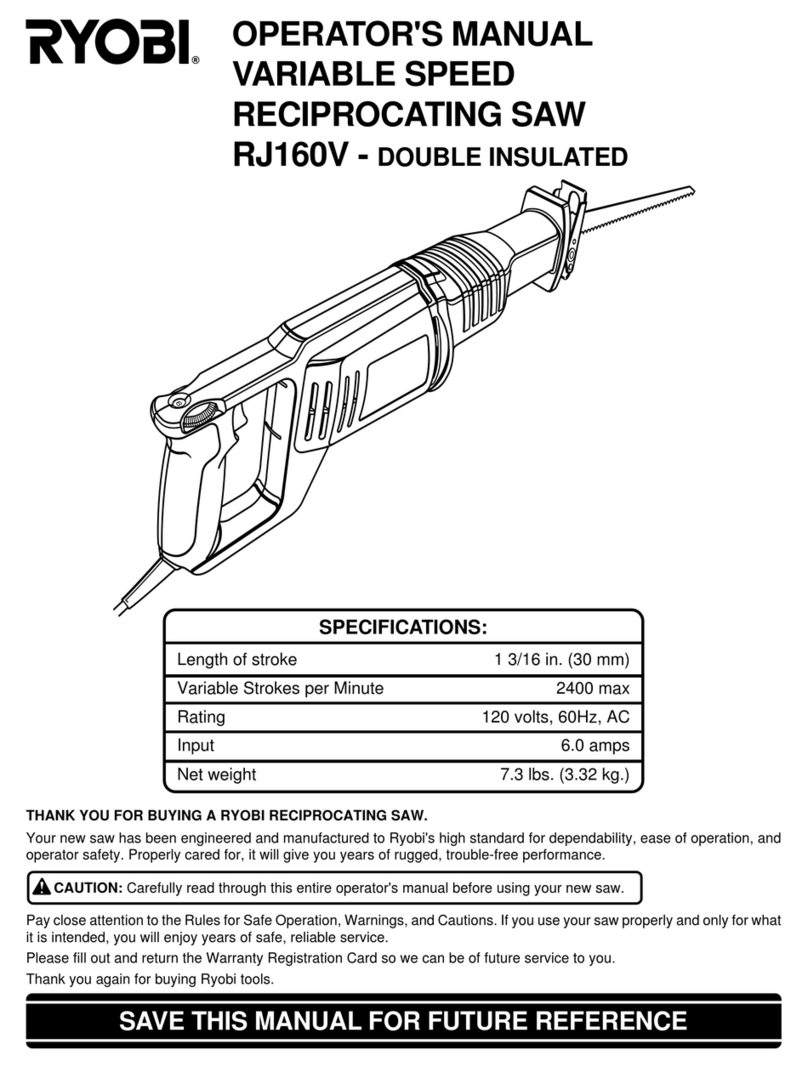7
ADDITIONAL SAFETY RULES
Always remove the plug from the main socket before
making any adjustments or maintenance, including
changing the blade.
■ When operating the saw, use safety equipment
including safety goggles or shield, ear protection, dust
mask and protective clothing including safety gloves.
■ Ensure that there is adequate general or localised
lighting.
■ Do not use the saw unless the guards are in place.
■ Do not use the saw to cut metal or masonry.
■ Do not let anyone under 18 years old operate this
saw.
■ Ensure that the operator is adequately trained in the
use, adjustment and operation of the machine.
■ Do not use this saw to cut firewood.
■ Keep the area free of tripping hazards.
■ Report faults in the machine, including guards and
saw blades, as soon as they are discovered.
■ Ensure that the machine is always fixed to a bench,
whenever possible.
■ Always stand to one side when operating the saw.
■ Never use a cracked or distorted saw blade. Only use
sharp blades.
■ When cutting round wood, use clamps that prevent
the work piece from turning on both sides of the
blade.
■ Never use your hands to remove sawdust, chips or
waste close by the blade.
■ Use only blades as recommended by the manufacturer
and which conform to EN 847-1.
■ Do not use blades of High Speed Steel (HSS blades).
If the table insert is damaged or worn, have it replaced
by an authorised service centre.
■ Rags, cloths, cord and string and the like should never
be left around the work area.
■ Avoid cutting nails. Inspect the work piece and remove
all nails and other foreign objects before beginning
sawing.
■ Support the work properly.
■ Refrain from removing any cut-offs or other parts
of the work piece from the cutting area whilst the
machine is running and the saw head is not in the rest
position.
■ Do not attempt to free a jammed blade before first
switching off the tool.
■ Do not slow or stop a blade with a piece of wood. Let
the blade come to rest naturally. If you are interrupted
when operating the saw, complete the process and
switch off before looking up.
■ Periodically check that all nuts, bolts and other fixings
are properly tightened.
■ Do not store materials or equipment above a machine
in such a way that they could fall into it.
■ Always hold the saw on parts that are insulated. If you
accidentally cut into hidden wiring or the saw’s own
cable, the metal parts of the saw will become “live”.
■ Switch off at the mains and remove the plug
immediately.
■ Never saw near combustible liquids or gases.
■ Note the direction of rotation of the motor and the
blade.
■ Do not lock the movable guard in the open position
and always ensure that it is working properly, freely
rotating and returning to fully cover the teeth of the
blade.
■ Connect the saw to a dust collection device and
ensure that it is operated properly. As the operator
of the saw, please make sure that you understand
factors that influence exposure to dust, including the
type of material to be machined, the importance of
local extraction and the proper adjustment of hoods/
baffles/shoots of your dust extraction system. We
recommend that you always wear a dust mask when
operating this saw.
■ Wear gloves when handling saw blades and rough
materials.
■ Saw blades shall be carried in a holder wherever
possible.
■ Select saw blades in relation to the material being cut.
■ Use correctly sharpened saw blades and observe the
maximum speed marked on the blade.
■ Keep the floor area around the machine level, well
maintained and free of loose materials such as wood
chips and cut-offs.
■ Always use stands to provide support for long work
pieces that overhang the turntable.
The tool must be used only for its prescribed purpose.
Any use other than those mentioned in this Manual will
be considered a case of misuse. The user and not the
manufacturer shall be liable for any damage or injury
resulting from such cases of misuse. The manufacturer
shall not be liable for any changes made to the tool
nor for any damage resulting from such changes. Even
when the tool is used as prescribed it is not possible to
eliminate all residual risk factors.
EMS-1422Lmanual (SAA).indd Sec1:7EMS-1422Lmanual (SAA).indd Sec1:7 1/8/08 10:53:23 AM1/8/08 10:53:23 AM

